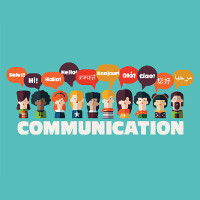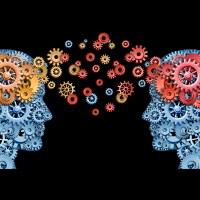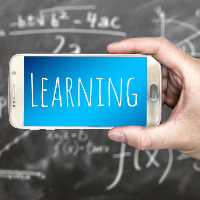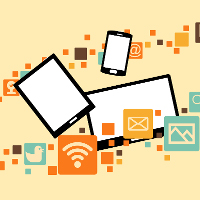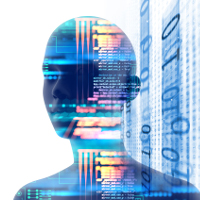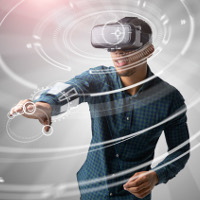Smart Thinking: Recognising The Different Types Of Learners

When you're set on a learning scheme, it's crucial to never lump everyone into the same mental boat. If you do, they might be at sea without a paddle. Your workforce's aims will sink without paying due respect for how we each gain (and retain) information.
Luckily, modern e-learning tools are more than ready to match individual learning styles. The question is, do you know what they are? And can you spot them as the schooling gets underway?
To help you, we've compiled some established learner types that'll be spread throughout your team.
Spatial
As much as hands-on experience can motivate people, there's the chance your learners might orient themselves with visual stimuli. These spatial-centric brains like to be guided with graphs, charts, photos and explanatory diagrams. For whatever reason, they love a fantastic visual effect. An effective LMS might use pie charts, infographics, or video animations to better render otherwise flat lessons as vividly as it can.
Intrapersonal
This term means the opposite of ‘interpersonal' - it's the need to be alone when learning something. By themselves, in a comforting room, the intrapersonal type will have no trouble flying through their learning material. But in a demanding space – the office, say, or a classroom, jammed beside their colleagues – they'll become anxious and distracted. m-learning (a totally mobile approach) might be suited to this individual, as they can dip in and out of a module wherever they like.
Generational
It's likely that your younger members of staff will have a very different approach to learning than more mature employees. Most will have grown up with technology in every part of their life, and therefore find using it second nature. They may also be more inclined towards bite-sized learning on their smartphone, rather than long lessons. Older learners, on the other hand, might prefer to sit down at their laptop and spend an hour or two really getting into a subject to find the learning process effective for them.
Logical
A lot of us find it hard to absorb reams of stats, figures and bullet points. A wholly logical learner, on the other hand, works best with plain pockets of data at their disposal. e-learning operators don't have to worry much about disappointing them with ‘dry' numerical pages. That's the logician's bread and butter; they love to count, find patterns, and compare percentages as they develop.
Interactive
Gamified learning is now a mainstream concept. This sort of educational model, which taps into our love of reward and fast-acting results, can supercharge our capacity for data retention. There is always a goal to reach; it might be doable in quick bursts, or ask for commitment over days and weeks so an ‘unbroken' streak is verified. By gamifying aspects of your course, it becomes a lot more fun… m-learning is especially suited to swift bouts of interaction and even competition between learners.
While it's important not to pigeon-hole people, by respecting these learner types, you'll get the most out of your investment in training, whatever it happens to focus on.
But how can you identify a person's learning type? They probably don't even know themselves.
Your best bet is to make full use of an LMS that tracks learning as it happens. Learn with Mobile can follow, and display, how well everyone's doing with each learning feature and each piece of content. So you can identify which people might prefer one strategy or another, and ensure your whole team embraces the initiative...
If you're looking to educate in a fresh, affordable, and rewarding way, check out fully mobile responsive e-learning solutions using Learn with Mobile. Get started for free right now, or call the Ambidect team on +44 (0)1260 221292 if you have any questions.


